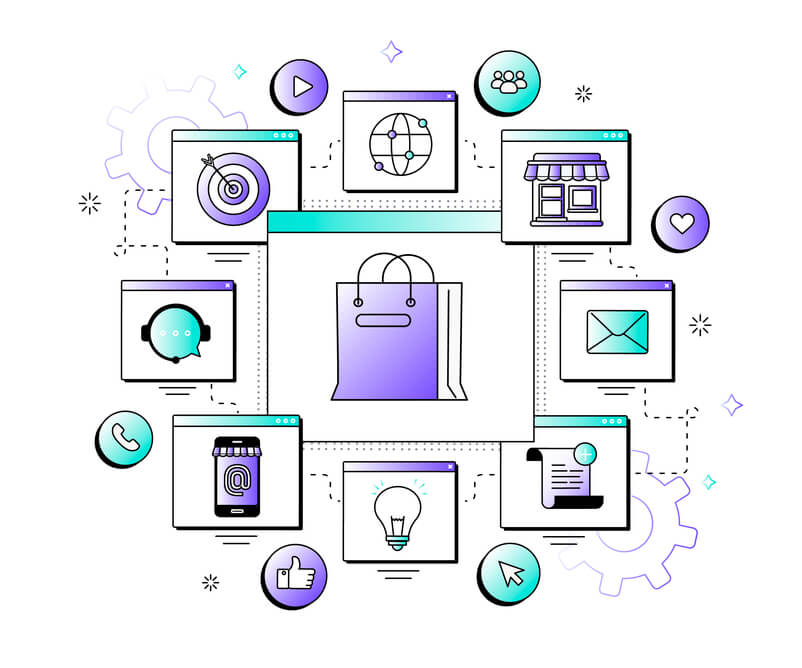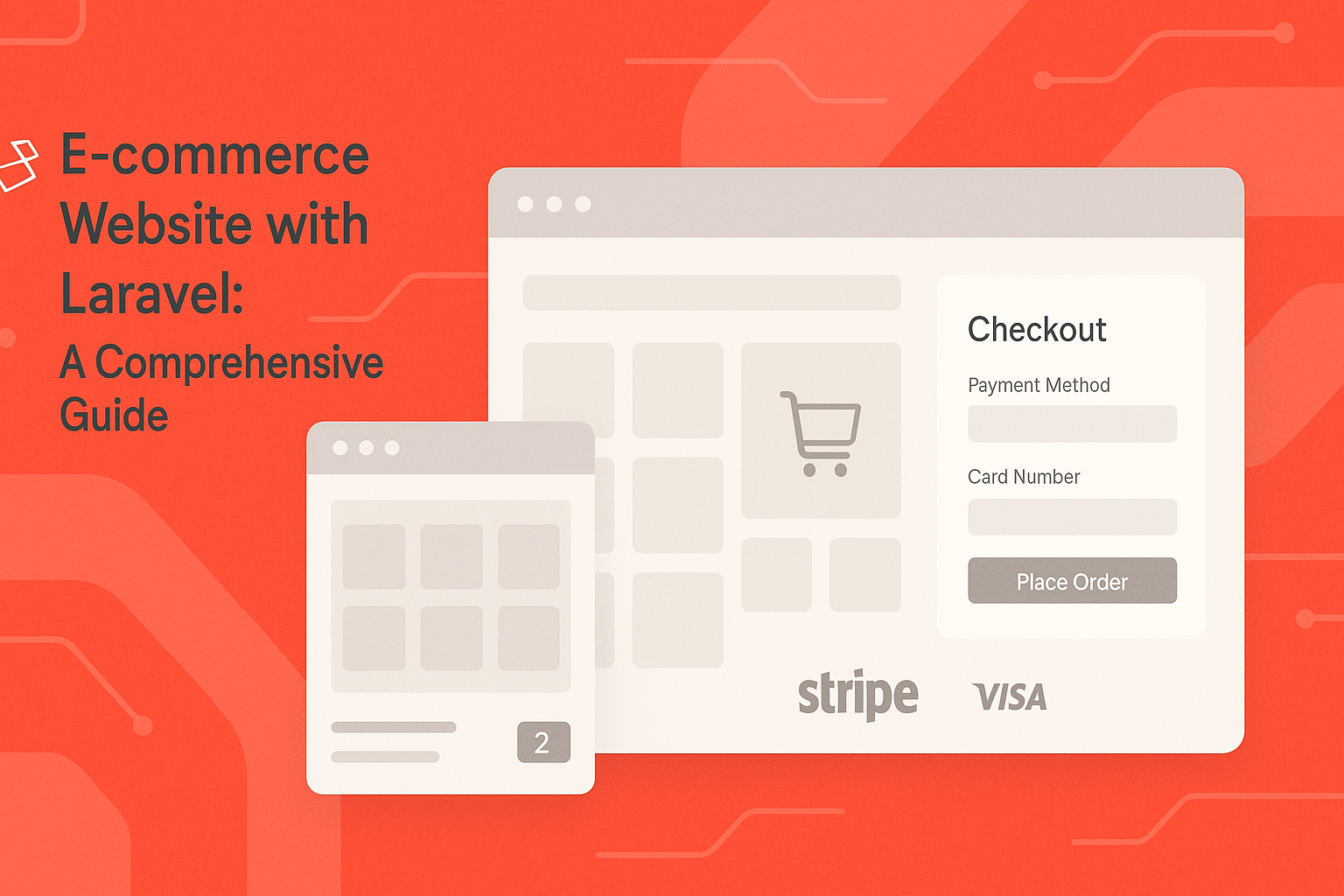E-commerce Development: Building Online Stores

With the digital marketplace continually expanding, developing an e-commerce website has become a necessity for businesses aiming to tap into the lucrative world of online sales. This article provides a detailed guide on how to develop an e-commerce website, offering valuable insights that can help you create an effective online shopping experience for your customers.
Conceptualize: The First Step in Developing an E-commerce Website
Before you start to develop an e-commerce website, it's essential to have a clear idea of what you want to achieve. Understand your target audience, identify the products or services you'll offer, and outline the unique selling points that set you apart from your competition. This initial planning stage sets the foundation for the development process and guides your decisions moving forward.
Choose Your Platform: The Backbone of Your E-commerce Website
Selecting the right platform is crucial when you're figuring out how to develop an e-commerce website. Various platforms offer different capabilities, and your choice should align with your business needs. Some popular options include Shopify, WooCommerce, Magento, and BigCommerce. Each platform comes with its own set of advantages and considerations, so research thoroughly to find the best fit for your business.
Design Your Store: The Aesthetics of E-commerce Website Development
The design of your e-commerce website should be visually appealing while maintaining functionality and ease of navigation. A well-designed website can significantly enhance user experience, increasing the likelihood of visitors becoming customers. Remember to ensure your website is mobile-friendly, as a significant portion of online shopping occurs on mobile devices.
Add Your Products: The Heart of E-commerce Website Development
Adding your products is a pivotal step in developing an e-commerce website. Ensure each product has a clear, descriptive title, a comprehensive description, and high-quality images. Depending on the nature of your products, you may also need to include information such as sizes, colors, and materials.
Integrate Payment and Shipping Methods: The Logistics of E-commerce Development
An e-commerce website must offer secure, reliable payment options that cater to various customer preferences. Popular options include credit/debit card processing, PayPal, and other mobile payment platforms. You also need to set up your shipping methods, considering factors like shipping costs, delivery times, and international shipping options.
Test and Launch: Final Steps in Developing an E-commerce Website
Before launching, conduct thorough testing to ensure all aspects of your site work seamlessly. This includes testing your site's performance, its load times, and the checkout process. Once you're confident your website is ready, it's time to launch.
In conclusion, learning how to develop e-commerce websites requires a clear understanding of your business goals, target audience, and market trends. With careful planning, the right platform, and a user-centric design, you can create an e-commerce website that not only attracts visitors but also converts them into loyal customers.


